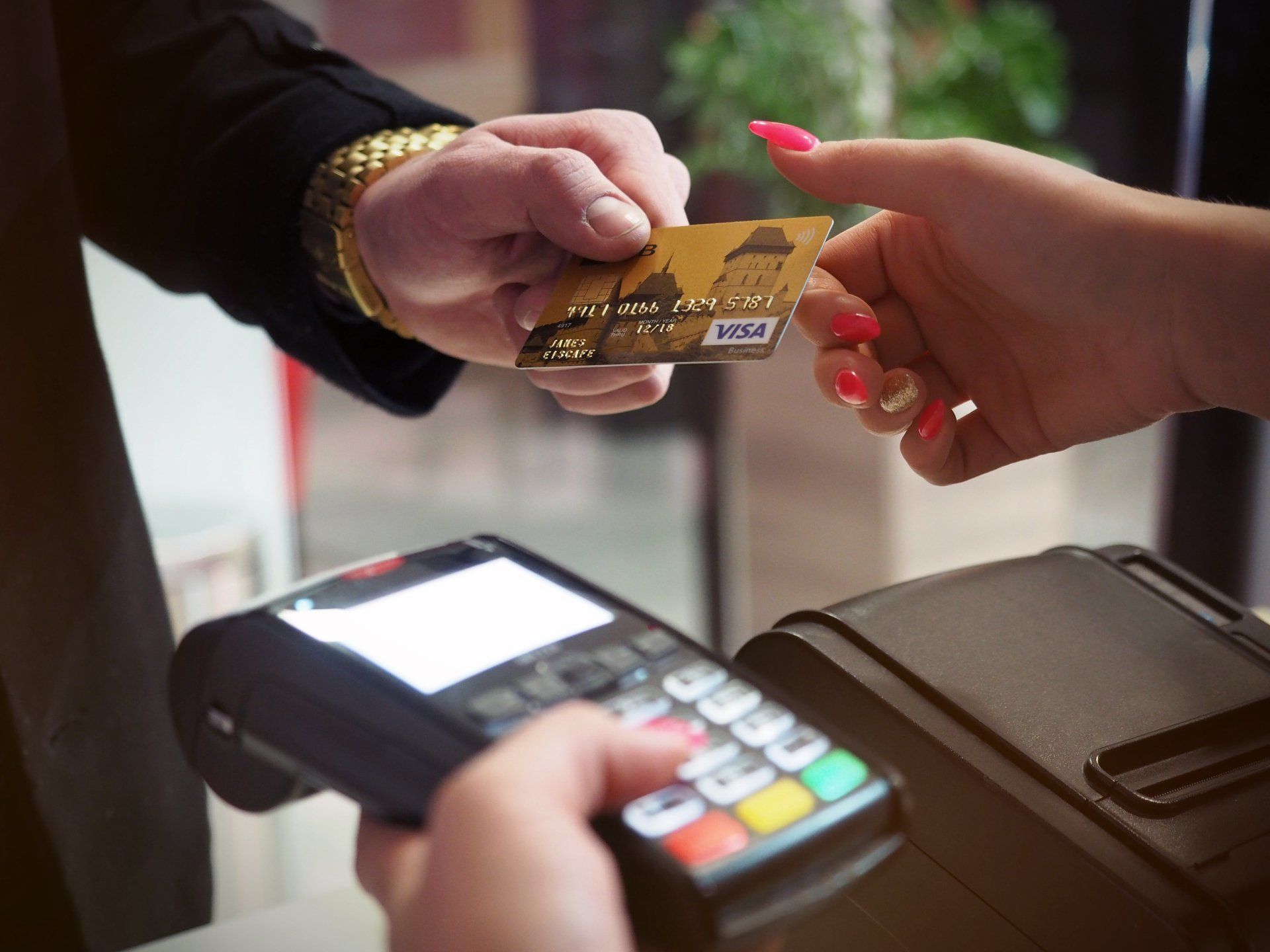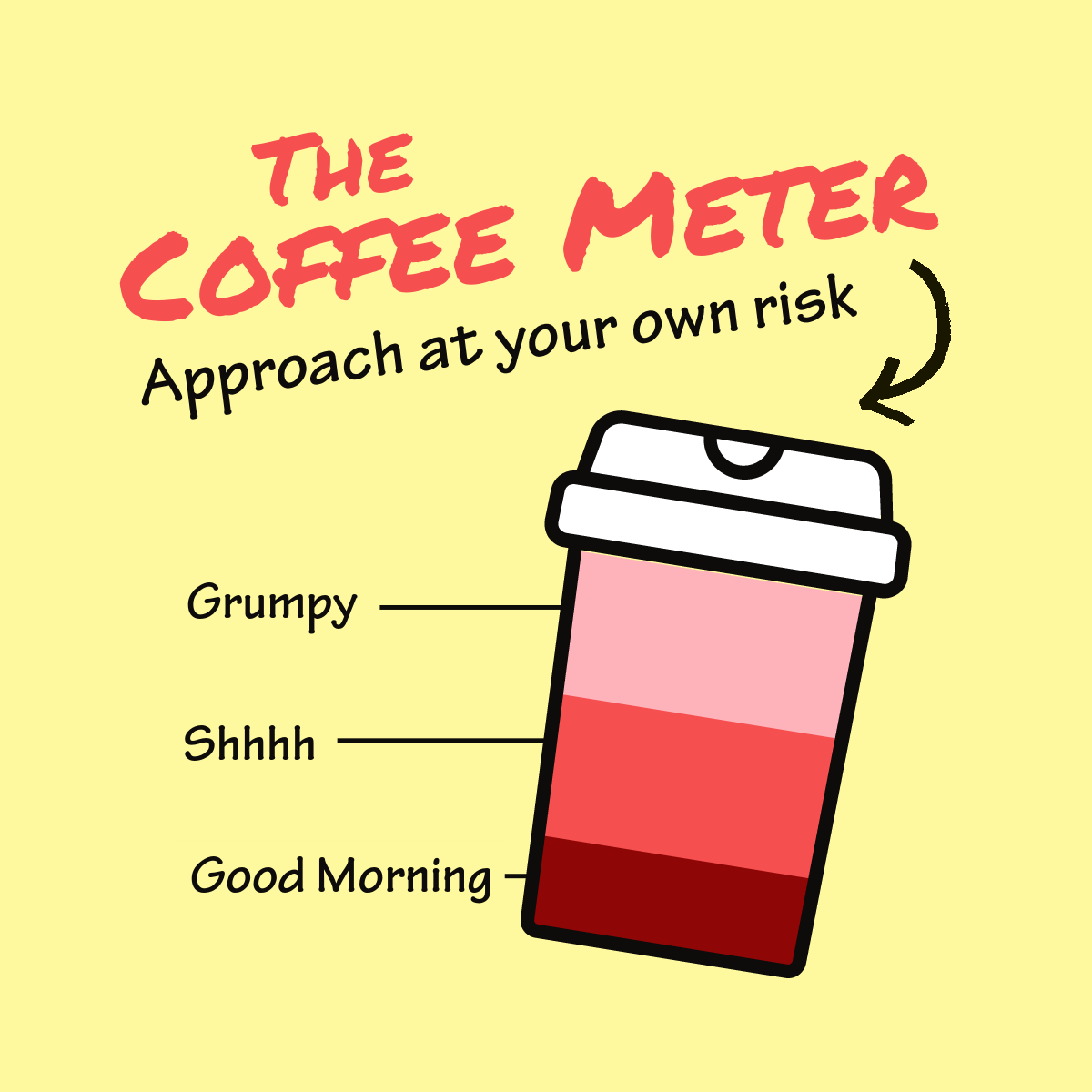Troubling Trend In Small Business Merchant Services
Many business owners are finding ways they can accept credit cards with no fees from new vendors. But what are the hidden implications of this transaction?

Table of Contents
- Introduction
- How do no-fee merchant services work?
- Hidden costs in merchant services
- Can no fee programs benefit busnisses?
- How do these programs affect customers?
- What can business owners do to understand the pros and cons?
- Conclusion
Introduction
I first noticed this trend as I was buying some snacks at a gas station convenience store. Approaching the register, a sticker on the credit card processor said 35 cents added to all debit transactions. 35 cents? No big deal, right? Yet, I was still struck by a feeling of somehow being manipulated here. Why should I pay some kind of service charge for choosing to use a more convenient payment method?
I realized later how the whole system worked, and why it was attractive to small businesses to try and recoup some of their costs using this methodology. In 2016, I opened my own retail shop and had to decide on a way to accept credit cards (I chose the Square POS system). Square typically charges 2.9% and .10-.30 cents to the seller per credit or debit transactions. With over 60% of my transactions being credit card purchases, monthly costs for merchant fees could really add up.
In recent years, there has been a growing trend of merchant services providers offering "no-fee" credit card processing. These programs typically work by charging businesses a higher percentage markup on each transaction; however, these are passed on to the customer in the form of a higher price when using a credit or debit card. When paying with cash, the customer would be presented with a discount. The seller is still technically being charged by the merchant services provider. Through some clever selling, and math, the idea presented is that the seller actually saves money vs. traditional merchant service systems like Square.
While these programs may seem appealing to businesses at first, there are a number of hidden costs that can make them more expensive in the long run. Additionally, it can make it more frustrating for customers, as they may feel penalized for choosing to use one type of currency over another. I suggest doing your research on how the numbers compare in your situation before agreeing to any merchant services contract. Let's take a closer look.
How do no-fee merchant services work?
Typically, a merchant services provider will charge a business a percentage of each credit card transaction as a fee. This fee is known as the interchange rate, and it is set by the credit card networks (Visa, Mastercard, etc.). In addition to the interchange rate, the merchant services provider may also charge a processing fee, which is a flat fee per transaction.
No-fee merchant services programs work by charging businesses a higher percentage markup on each transaction. This markup is then passed on to the customer in the form of a higher price. For example, if a business normally charges $10 for a product, it may charge $10.40 for the product if it is using a no-fee merchant services program.
This, when done correctly, is perfectly legal and agrees with the merchant agreements set forth from the credit card companies.
In my experience, I have worked with small business owners who were not aware of how to properly present their price in such a scenario. Not presenting the higher end prices on consumer-facing products and instead doing a markup at the register could be a violation of their merchant agreement, sometimes even state law! So those of you who are in a "no-merchant-fee" agreement, please look into this!
Hidden costs in merchant services
In addition to the higher prices that customers may pay, there are a number of other hidden costs that can be associated with no-fee merchant services programs. These costs include:
- Monthly Terminal Rental Fees: Merchant services providers that offer no-fee processing often charge fees for equipment use. This can be true of other service provider programs, too.
- Hidden fees: I've witnessed a contract that contained as much as $65 a month in service fees that were simply add-ons that gave no additional value. Merchant services providers may also charge a variety of hidden fees, such as setup fees and cancellation fees. These fees can add up over time and make the no-fee programs more expensive than it appears.
- Poor customer service: Be wary and do an online reputation search for customer service for the Merchant services providers you are considering. Poor customer service ratings could mean hours on the phone for you later down the road. This is because they are often focused on signing up new businesses and not on providing good customer service to existing customers.
- Long term contracts: One of the things I liked about using Square for my services was that there were no contracts involved. I could switch vendors at any time. At Rickstart Marketing+, I've worked with clients who had signed up for multi-year contracts. The fine print included large cancellation fees. That made the client feel helpless in making any changes at present.
Can no fee programs benefit businesses?
Certainly, based on my analysis there are situations where a business may benefit from no-fee merchant services programs. If the average transaction amounts are lower, the business does want to offer a cash discount to customers, and the merchant services program is void of the hidden fees we talked about earlier, this can be better on the bottom line.
However, the mathematics can be very deceptive and difficult for a small business owner to follow. Note that the savings that vendors realize from no-fee merchant services programs may be offset if average sales per transaction increase in the future.
How do these programs affect customers?
Customers are the ones who ultimately bear the brunt of the costs associated with no-fee merchant services programs. They would pay higher prices for goods and services when using payments other than cash. Realizing that there is a markup for using other payment methods could make them upset.
The business needs to try really hard to make a big deal out of cash discounts in the 0% processing fee programs. And make sure your customer facing prices are the highest of what would be charged. I have seen this work out ok for a client because the customers were happy to have a chance at the discount thus increasing cash sales slightly.
Overall, our society appears to be moving more and more cashless overall. And in the next section you can glimpse into some charts detailing how cash vs credit, transaction amounts, and fees could affect your gross profit per sale.
What can business owners do to understand the pros and cons?
Merchant Services decisions are huge to your business. Let's take a look at some samples of how the choice made using one methodology over another would affect your bottom line.
Two scenarios are presented, both using Square processing fees versus a business using the 0% interchange fee option through ProMerchant. Both scenarios use an average ticket per customer of $10. The ratio of credit card to cash is 60-40 (this is about what it was in my retail shop all the way up to 2022).
In Scenario A we assume that the business would advertise prices to all customers at the preferred price if they were to use Square. If they were using ProMerchant, they would advertise all price at the rate 4% above that, and if the customer pays with cash, they would discount the price to the preferred price.
In Scenario B we assume that the business would advertiser a higher rate of 4% more to all customer regardless of the merchant processing provider and still offer the cash discount under the ProMerchant program. The reason for this is explained in the conclusion.
| Charged Price to Customer | Fee | Additional Charge | Gross Profit | |
|---|---|---|---|---|
| [Scenario A] | ||||
| Credit Card (Square) | $10.00 | 2.90% | $0.30 | $9.41 |
| Credit Card (Pro-Merchant) | $10.40 | 0.00% | $0.00 | $10.00 |
| Cash (Square) | $10.00 | 0.00% | $0.00 | $10.00 |
| Cash (Pro-Merchant) | $10.00 | 0.00% | $0.00 | $10.00 |
| [Scenario B] | ||||
| Credit Card (Square) | $10.40 | 2.90% | $0.30 | $9.80 |
| Credit Card (Pro-Merchant) | $10.40 | 0.00% | $0.00 | $10.00 |
| Cash (Square) | $10.40 | 0.00% | $0.00 | $10.40 |
| Cash (Pro-Merchant) | $10.00 | 0.00% | $0.00 | $10.00 |
Next we summarize a day in which there are 30 total transactions under both scenarios and service programs. Notice that there is a benefit in gross profit with Pro Merchant in Scenario A and a benefit in gross profit with Square in Scenario B.
| [Scenario A] | Transactions | Percentage of Type | Gross Profit | |
|---|---|---|---|---|
| Square (Credit) | 18 | 60.00% | $169.38 | |
| Square (Cash) | 12 | 40.00% | $120.00 | |
| Total | 30 | 100% | $289.38 | |
| Pro-Merchant (Credit) | 18 | 60.00% | $180.00 | |
| Pro-Merchant (Cash) | 12 | 40.00% | $120.00 | |
| Total | 30 | 100% | $300 | |
| [Scenario B] | ||||
| Square (Credit) | 18 | 60.00% | $176.37 | |
| Square (Cash) | 12 | 40.00% | $124.80 | |
| Total | 100% | $301.17 | ||
| Pro-Merchant (Credit) | 18 | 60.00% | $180.00 | |
| Pro-Merchant (Cash) | 12 | 40.00% | $120.00 | |
| Total | 30 | $300 |
Conclusion
If it were my choice, I would try and achieve business practices that mirrored Scenario B. As I mentioned, setting it up this way would still create a need to have a cash discount in the ProMerchant scenario in order to have it make sense. Using merchant services with a flat rate-- in this case Square, I would charge prices accordingly and all customers would pay the same price regardless of payment type. I mean, you could technically not offer cash discounts with a 0% merchant fee system, but then you are back to a simple rate comparison. Equating that to our sample, any ticket over $30 would fair best for Square. Anything below that would be best for ProMerchant.
If a business owner is concerned that raised prices may scare away potential customers, and offering a discount is the way to go to encourage more cash flow, then scenario A and using ProMerchant as the program provider would be the better choice.
Remember, more and more people are going cashless. If you are taking credit cards, you are supposed to advertise the highest rate in your shop, and if that is what customers are going to see, that's how they are going to perceive your prices versus your competitors. Think about it like the gas stations you see every day-- the prices we talk about are always the "credit card" prices. That is why, to me, I would be less concerned about cash discounts, and more so about the right pricing strategy.
No matter what you decide, I hope this post has given you a lot to think about when it comes to deciding on merchant services. If you already signed up, I hope it gives you an opportunity to take a closer look at your program and review the fees you have to pay.


